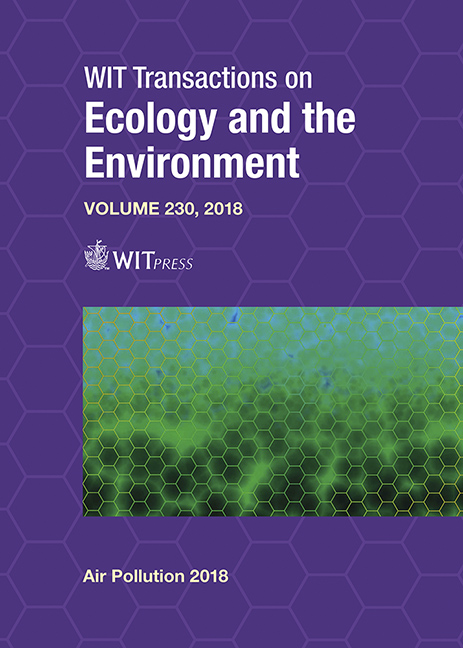LONG-TERM TRENDS AND POTENTIAL ASSOCIATED SOURCES OF PARTICULATE MATTER (PM10) POLLUTION IN MALAYSIA
Price
Free (open access)
Transaction
Volume
230
Pages
12
Page Range
607 - 618
Published
2018
Paper DOI
10.2495/AIR180571
Copyright
WIT Press
Author(s)
JUSTIN SENTIAN, MOHAMAD ARSHAD JEMAIN, DARMESAH GABDA, HERMAN FRANKY, JACKSON CHANG HIAN WUI
Abstract
Particulate matter (PM10) is an important pollutant particularly in urban environments in Malaysia. In addition, the level of this pollutant was also seasonally significant in most parts of Malaysia, and therefore concern of its effect towards human health is relevant and crucial. Based on a long-term series of PM10 measurement at 20 monitoring locations in Malaysia, this study analysed the spatial and temporal characteristics of PM10 from 1997 to 2015 using standard deviation ellipse and trend analyses. Satellite data and HYSPLIT model were applied to investigate the seasonal potential sources of the pollutant. Results show that annual PM10 average concentrations were greatly varied with large coefficient variation. In term of trend analysis, 11 monitoring sites had shown significant but small decreasing trends. Meanwhile, 7 monitoring sites had shown no significant trends and only 2 monitoring sites showed increasing trends. Trajectory analysis using the HYSPLIT model for the investigation of potential sources of pollutant has shown that high pollution levels of PM10 in Malaysia corresponded to the biomass burning in neighbouring countries. During the southwest monsoon, high PM levels were observed in the central and southern parts of Peninsular Malaysia and Malaysian Borneo, which corresponded to the biomass burning in Indonesia. Based on the long-term analysis, PM10 pollution in Malaysia was characterised by transboundary pollution as well as local sources, especially in urban areas. Despite the recognition of small but significant decreasing trends of PM10 pollution over long-term period, special attention need to be focused on short-term pollution episode, particularly related to transboundary pollution during extreme weather condition such as El Niño event to ensure that human health on a wider population is protected.
Keywords
air quality, biomass burning, El Niño, PM10, transboundary pollution





